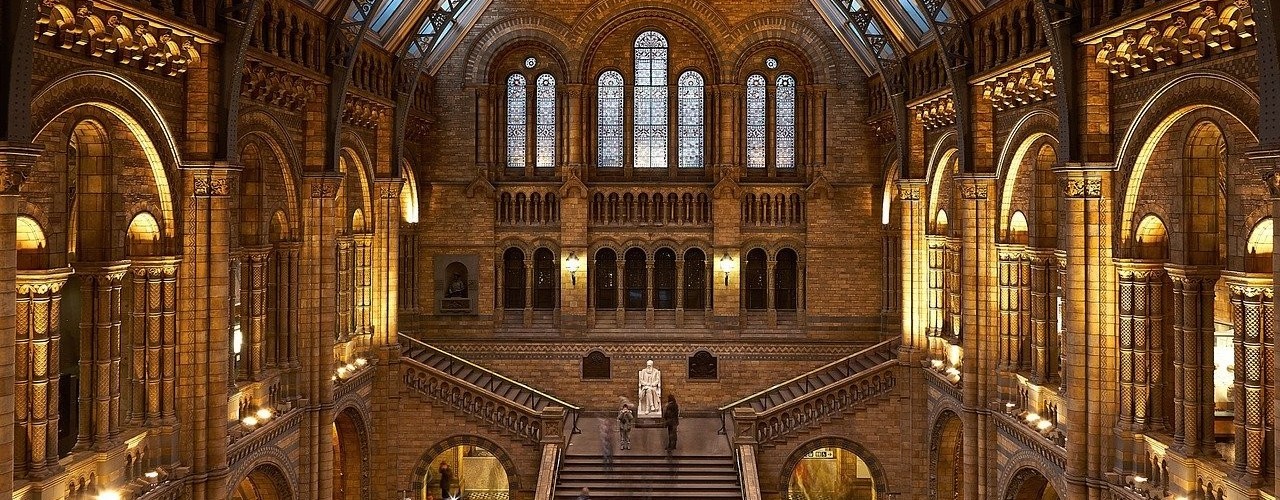Making Museums More Attractive
DTLab Challenge with the City of Munich

Overview
The Municipal Department of Arts and Culture of the City of Munich is committed to promote the cultural life of Munich. As a European metropolis and leading cultural city, Munich wants to become a leader in the use of modern technology too. Their current goal it to make visits to museums more engaging and attractive using modern digitalisation methods. The new technologies should understand the needs of the visitors and adapt to individual interests, time availability, language and other characteristics.
Problem
A typical guided tour in a museum is old-fashioned and restricted. Human guides do their tours at predefined times in only one language. Audio guides are usually only available in a few common languages. The content is almost predefined and not tailored to the individual needs of the customer. Only a few apps are available, e.g. the app for the German Museum, that is available in English and German. To concretise the goal of the challenge and to give structure to the project, the students came up with the following question that they wanted to answer in the end: "How might we increase the attractiveness of a museum to its visitors?"
Approach
The first step was to understand the real problem. To work on this, the team met with Lutz-Steffen Schmidt from the Innovation Labs. After the students gained a clearer insight into the problem, they decided to conduct a survey to find out which path to take with the app. For the development of their idea, the students took part in several different workshops with AWS and Siemens, where they learned about the innovation method "Working Backwards" and more techniques that helped them to tackle the problem in a more organised way.
The final idea was stated after conducting a comparison between thirteen different, already existing, museum applications. The student team had analysed the pros and cons of each and planned to design a complete application themselves. Then they developed a prototype for an app that lets museum visitors choose the topics they are interested in to create individual guided tours tailored to their interests.
The app enables visitors to select the topics they are interested in to create an individualised guided tour tailored to their needs. Factors like time available and preferred language are taken into account.
Prototype
The prototype shows the main flow and characteristics of the application. It was created in Android Studio, using the programming language "Kotlin". The prototype stayed as simple as possible since the students considered that each museum has its own essence and personality.
Next steps
The team presented its work to the contact person of the City of Munich. He liked the idea and plans to sent the presentation to the contact person of the cultural department to look out for a possibility to continue the work.
About the Co-Innovation Lab
This challenge was carried out as a joint project between the DTLab and the Co-Innovation-Lab of the Munich University of Applied Sciences. The Co-Innovation Lab is a comprehensive concept for innovation projects between students and companies. Temporary innovation partnerships - in the form of projects - are created between companies, students and lecturers. Initiated by Prof. Holger Günzel and Prof. Lars Brehm (both Munich University of Applied Sciences), more than 25 innovation projects are currently carried out each year, often on an interdisciplinary basis. The Co-Innovation Lab is structured as an open community. Interested lecturers can use the concept of the Co-Innovation Lab in their courses and are welcome to actively participate in its further development.
Lecturers: Prof. Dr. Eva Anderl, Prof. Dr. Lars Brehm
Date: 17.01.2020
Documents
A selection of the documents created by the students during the challenge can be found here: